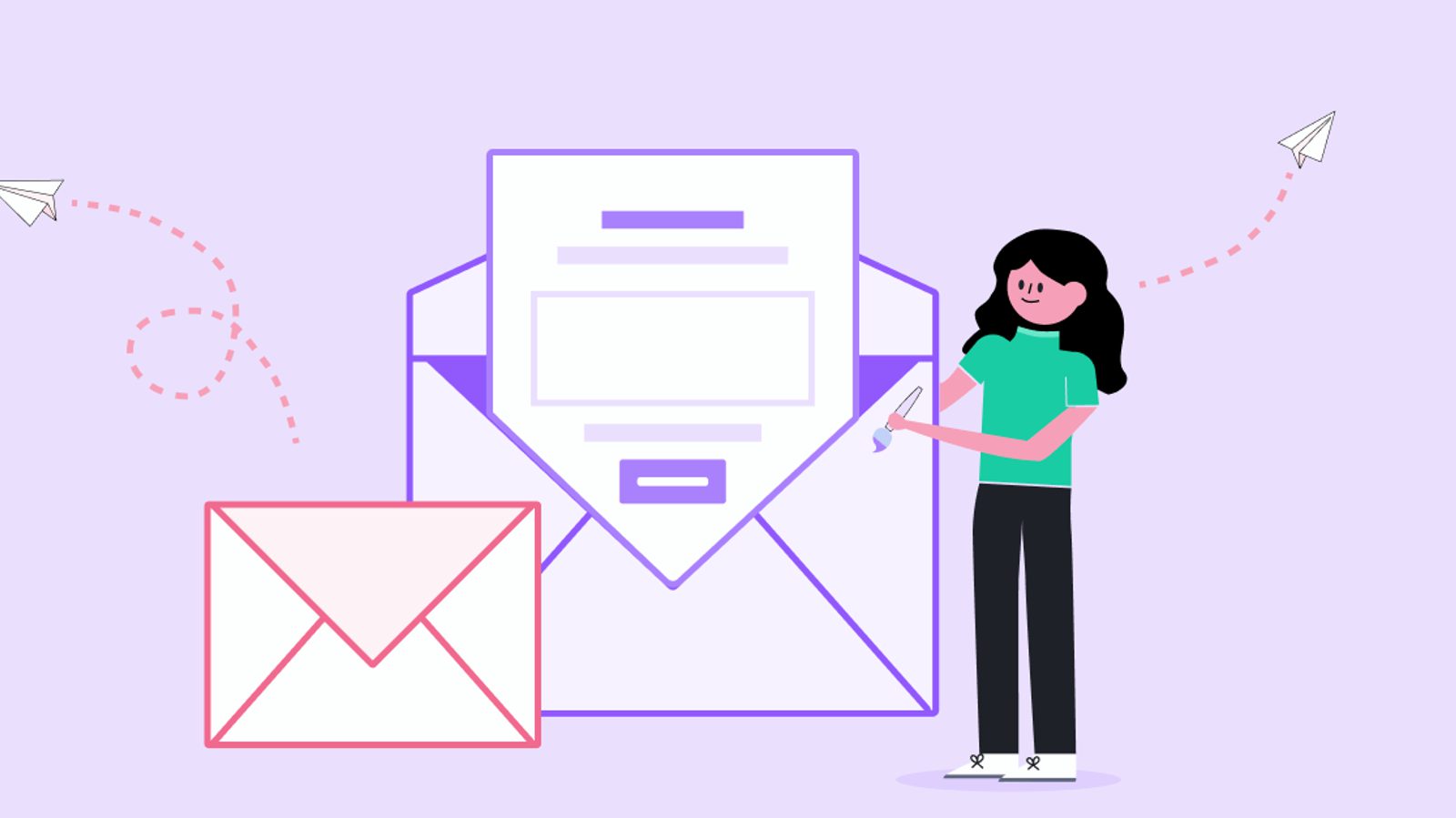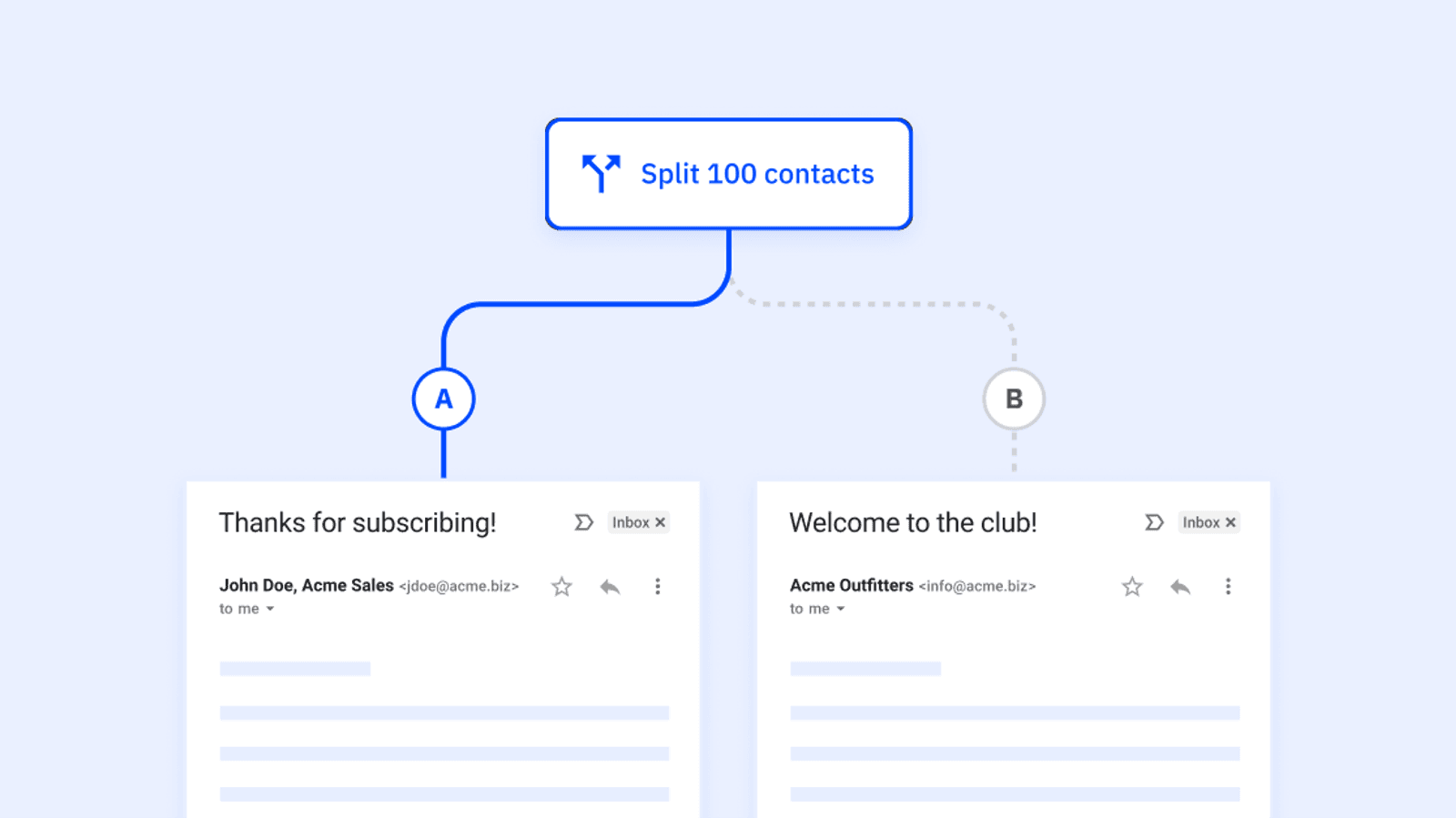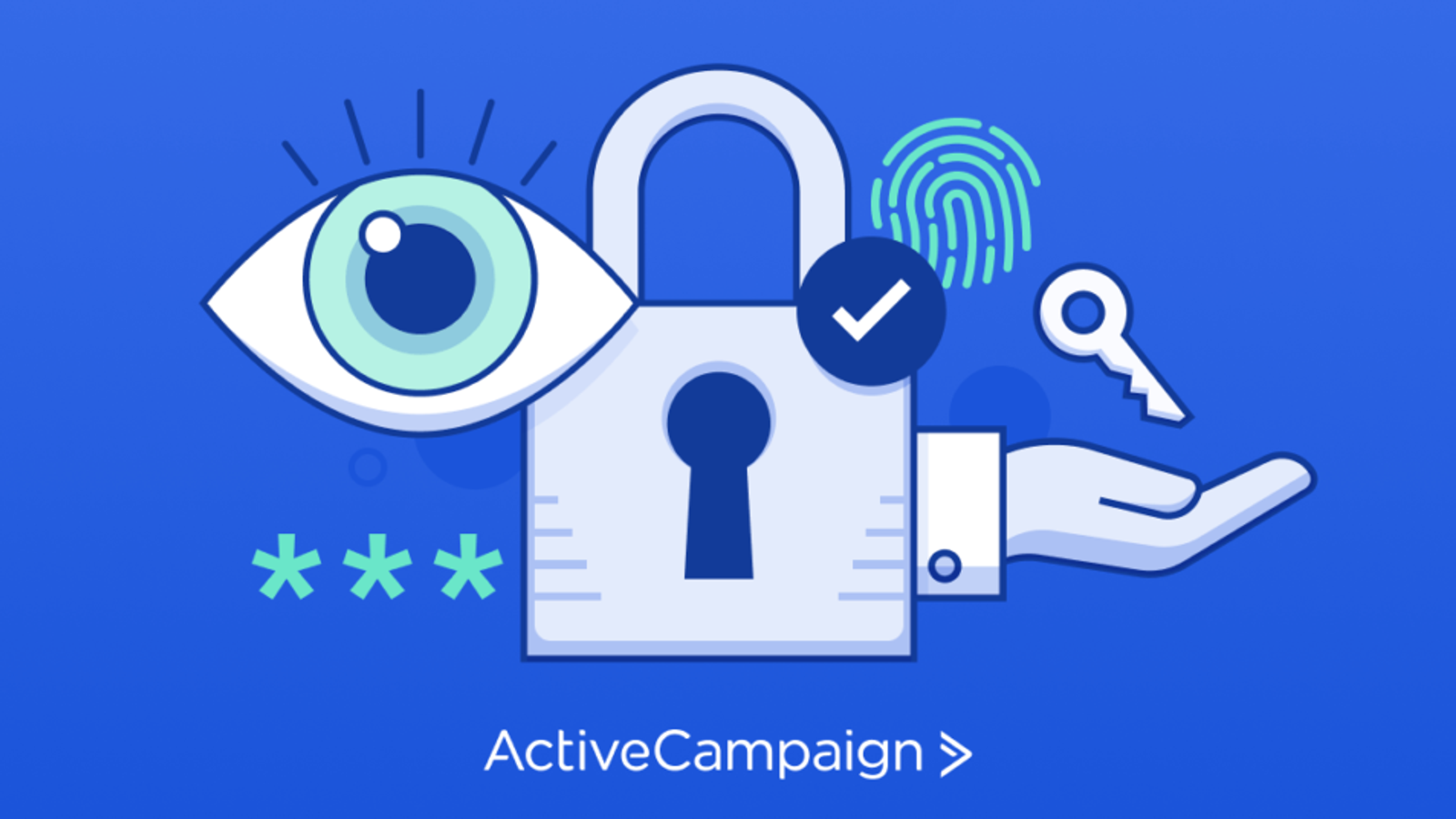If you hope to grow your business, you need new customers, and one of the best ways to get them is through prospecting emails. A prospecting email — or cold email — is a sales technique that involves identifying a potential new client and initiating contact with them.
But you know this. You’ve sent prospecting emails in the past with varying degrees of success.
Perhaps you’re a solo entrepreneur firing off cold emails over lunch. Or maybe you’re a small business owner with a dedicated sales team. Either way, you want to know how to write prospecting emails that will increase open rates and boost sales.
In this article, we’ll cover prospecting email best practices and share tips, examples, and templates so you can start improving your prospecting email strategy right away.
Anatomy of a successful prospecting email
Email prospecting is the process of reaching out to potential clients or customers by email, and savvy sales professionals are always looking for a good reason to send a prospecting email.
Here are a few examples of situations in which you might send an initial email to a potential prospect:
- Following up with a contact after meeting them for the first time
- Congratulating someone on starting a new role
- A company announces a new goal you can help them with
- Reaching out based on a client or customer referral
- Responding to a social media post
- Announcing a product launch or industry event
- Making a company announcement
- Providing advice based on challenges faced by previous clients you’ve worked with
- Complimenting someone on a recent achievement
- Offering value
- Sharing a relevant article or blog post
- Asking for advice or a recommendation
You should always tailor the content of each message to the recipient and context. However, there are five key elements that every successful prospecting email should contain. Let’s take a look at each one in detail.
1. Their name
Personalization is one of the keys to a successful prospecting email. Copying and pasting the same email to dozens of prospects just isn’t going to cut it — people can see right through that. So start off on the right foot by addressing your prospect by their name. Do your research first to make sure you’re speaking to the most relevant person for your query.
2. A compelling subject line
Your email subject line directly affects your open rate. It’s the way you’re going to catch your prospect’s attention and will make the difference between them opening your email or not.
Practice writing compelling subject lines that will create intrigue while using the knowledge you have of your prospects. For each email, come up with several different subject lines, then pick the one you think will be most effective.
3. A reason for getting in touch
Once they’ve opened your email, your prospect will want to know why you’re contacting them. People receive hundreds of emails per day, so get straight to the point. They’ll be wondering what’s in it for them and why it matters now, so make sure to include a compelling reason. For example, if someone recently started a new role, explain how your product or service could help them make a good impression.
4. A compliment
Compliments are an essential ingredient of a prospecting email. They take personalization to the next level by showing your prospect you’re familiar with their work. And since everyone loves a compliment, they’re an effective way to build a relationship with your prospect. Depending on the type of email and your objectives, the compliment may come before or after the reason for getting in touch.
5. A call-to-action
Prospecting emails all have the same goal: to get your prospect to take some kind of action. This could simply be replying to your email, or it might be something more advanced, like signing up for a free trial. Think about what you want your prospect to do after reading your email and add a clear call-to-action encouraging them to do it. The quality of your call-to-action will affect your response rate.
Why prospecting emails matter
Put simply, cold emailing matters because it works. In fact, many marketers say it’s the most efficient form of email outreach, and most prospects prefer to communicate with sales reps by email. This means prospecting emails are one of the most effective ways to connect a business with a potential customer, making it an essential component of any email marketing strategy.
A sales prospecting email can help you grow your business by connecting you to potential new prospects on whom to focus your email marketing efforts.
Email marketing continues to be one of the most effective channels for driving conversions, with nearly half of B2B marketers citing it as highly effective. Email marketing generated $7.5 billion US worldwide in 2020, a figure that is expected to increase to $17.9 billion by 2027 — so cold emailing is worth the investment.

Prospecting email example
Now that you know the key elements of a prospecting email and why they matter, let’s take a look at what a prospecting email might look like. In this example, the prospect is being asked for their opinion. This is often an effective strategy, as people usually love being recognized for their expertise and asked for advice.
Subject: Your digital marketing expertise is needed
Dear Sheena,
Thanks for connecting with me on LinkedIn. Based on your impressive experience in digital marketing, I’m guessing you know a lot about building and launching successful brands. I was particularly impressed by the results of the campaign you oversaw for Airbnb.
I’m currently writing a blog post on how to build a brand using multichannel marketing. Would you be willing to contribute your expertise to it?
Regards,
Deepak
Why it works: This email is short and to the point, and the subject line doubles as a compliment since Deepak refers to Sheena as an expert right off the bat. The fact he’s asking her to contribute her knowledge is also a form of flattery, which improves the chances of her responding.

11 prospecting email techniques to drive more sales
Ready to start writing prospecting emails that get results? These 11 techniques will boost your open rates and help you close more sales.
1. Do your research
Make sure to carry out thorough research into your prospect’s company before sending them an email. This will help you identify their pain points and propose solutions.
2. Create an engaging subject line
Email subject lines are something of an art form. The best way to get good at writing them is to practice, practice, and then practice some more. Measure the success of your subject lines using split testing, so you can see which ones are most effective.
3. Keep it short
The average employee receives an overwhelming amount of emails per day, so keep it short and to the point if you want the receiver to pay attention to yours. Put the purpose of your email at the start, and limit it to a maximum of 150 words.
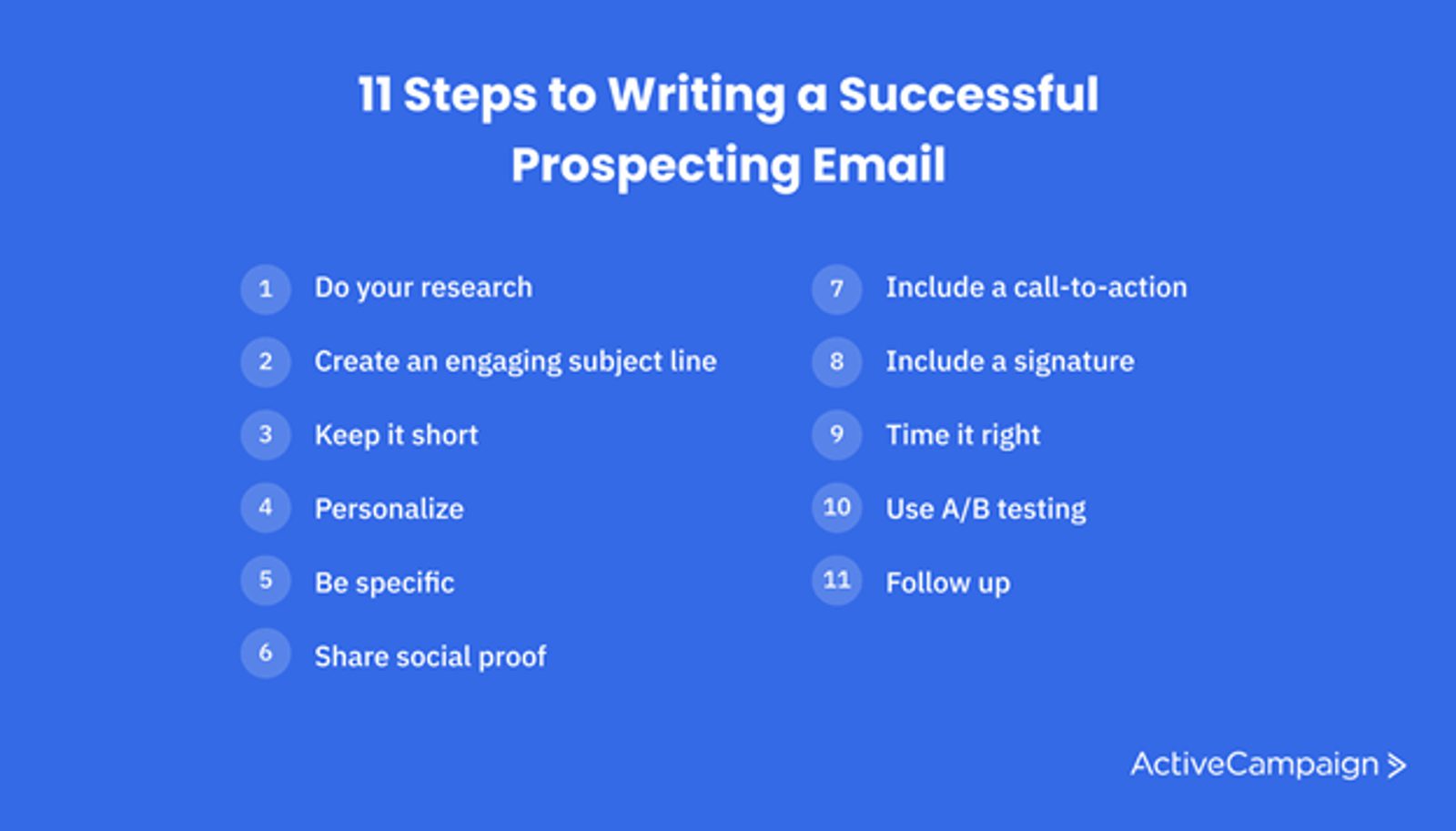
4. Personalize
Personalization is essential for a prospecting email — in fact, nearly half of marketers say it’s the most important aspect of successful email marketing. While bulk email can be effective when communicating with established contacts, the more personal the initial email, the better. To create a personalized email, use the person’s name, job title, and company name, and make sure to include some details that show you’ve done your research.
5. Be specific
Have a clear goal in mind when writing a prospecting email. What do you want your prospect to do? Get straight to the point and be clear about your purpose, but be careful not to share your value proposition with the opening email, as this might come across too “salesy.”
6. Share social proof
Social proof is one of the best ways to build trust with a potential prospect as it proves you have a track record of working with other clients like them. Where possible, try to include social proof in your prospecting email, such as a client testimonial or case study.
7. Add a call-to-action
The CTA is the end goal of your prospecting email. Think about what you want your prospect to do — it might be that all you want is a reply, or you may want to take it a step further by inviting them to schedule a meeting.
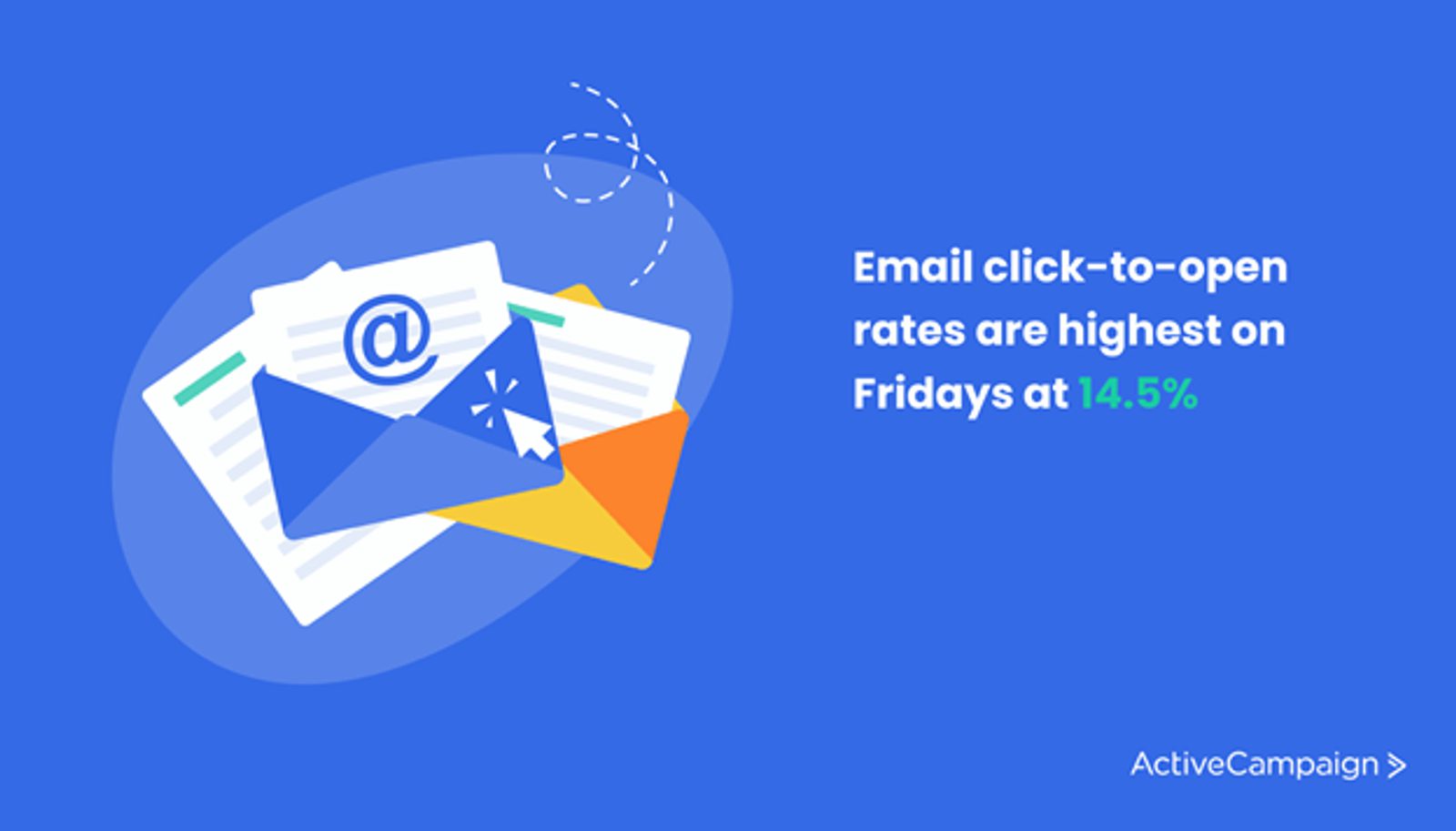
8. Include your signature
Sign off your prospecting email with a signature letting them know how to contact you. Avoid using no-reply emails since they will frustrate your prospects and lower your reply rate.
9. Time it right
The timing of your email also influences its chances of success. Email click-to-open (CTO) rates are highest on Fridays, at 14.5%, while the day with the lowest CTO is Tuesday, at 13.5%. Find out what time zone your prospect is in to determine the best time to email them.
10. Use A/B testing
If you’re not already split testing your emails, it’s time to start. Segmentation can lead to an open rate and click-through rate (CTR) almost double that of non-segmented emails.
11. Follow up
Even if your carefully crafted email hits home, your prospect may get distracted and forget about your email. People often appreciate follow-up emails that gently remind them to take action on something that may have slipped their minds.
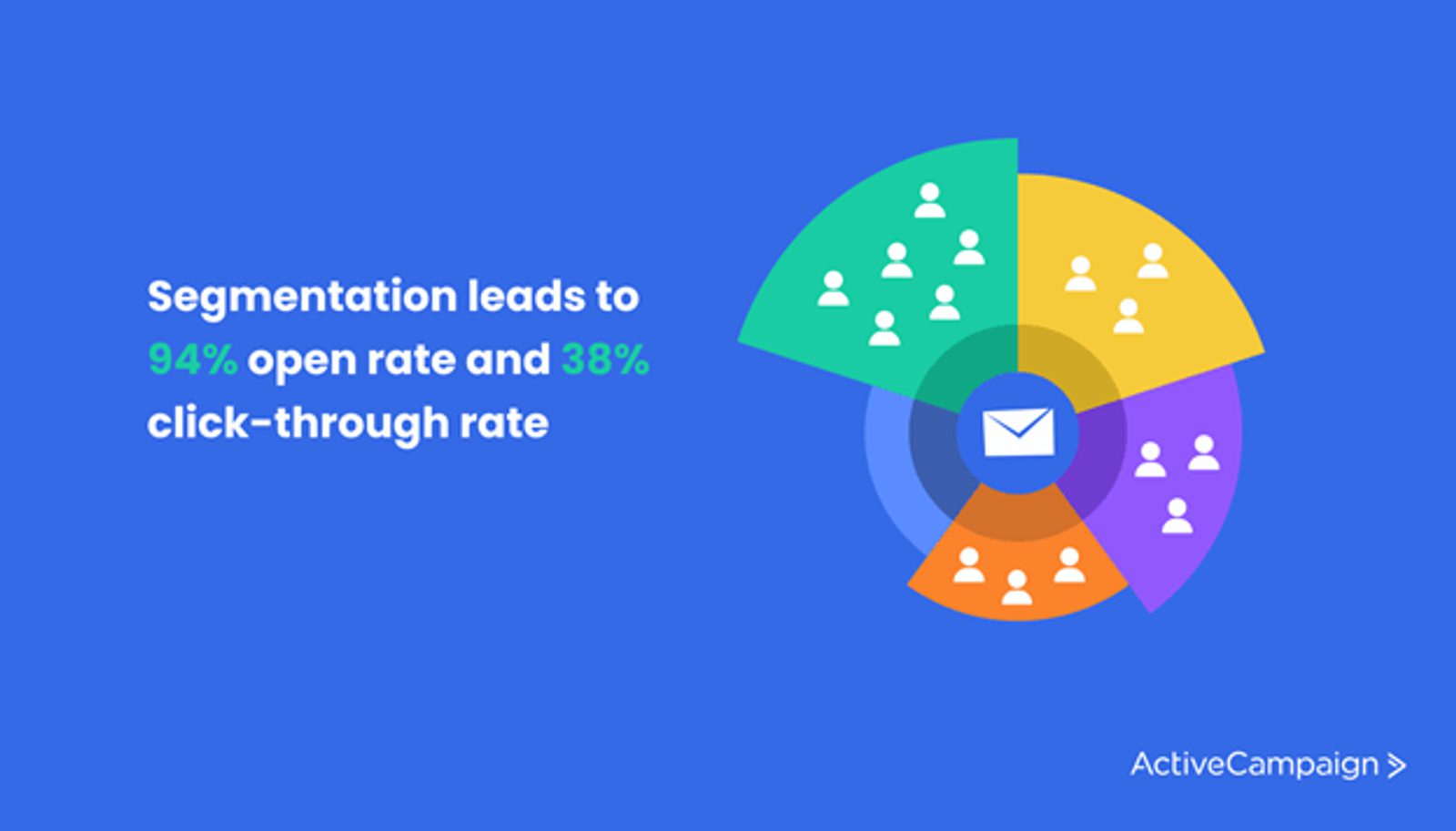
3 prospecting email templates you can start using today
If you’re new to writing prospecting emails, here are three sales email templates you can use to help you get started.
1. Respond to a prospect’s social media post
Hey (Name),
I saw your recent post on LinkedIn about the challenge (Company Name) is facing (briefly describe the challenge).
(Your Company Name) has helped several clients with this problem in the past. Here are some examples of what has worked for them:
- (Tip 1)
- (Tip 2)
- (Tip 3)
If you’ve tried all these and nothing’s working, I have some other ideas about how you can (solve their company’s problem). Let me know if you would like me to run them by you.
Regards,
(Your Name)
2. Congratulate a prospect on their new role
Hi (Name),
Congrats on your new role of (Job Title) at (Company Name). Based on your success at (previous role/company), I know you’re going to achieve great things.
If you want to make an immediate impression in your new role, I think I can help you. I’ve helped other companies like yours (insert examples of client success). For example:
- (Social proof)
- (Social proof)
- (Social proof)
If this is something you’d be interested in discussing, schedule a call with me (insert link), and let’s talk.
Regards,
(Your Name)
3. Connect with a referral
Hey (Name),
Our mutual connection, (Name), recommended I get in touch with you. I’ve worked with him/her/them on (briefly describe where you worked together, what you did, and the results).
I know that (prospect’s Company Name) also works in (briefly describe their activities), and I think our (product name/service) could help you (insert value).
Does this sound like something that’s aligned with your current priorities?
Regards,
(Your Name)
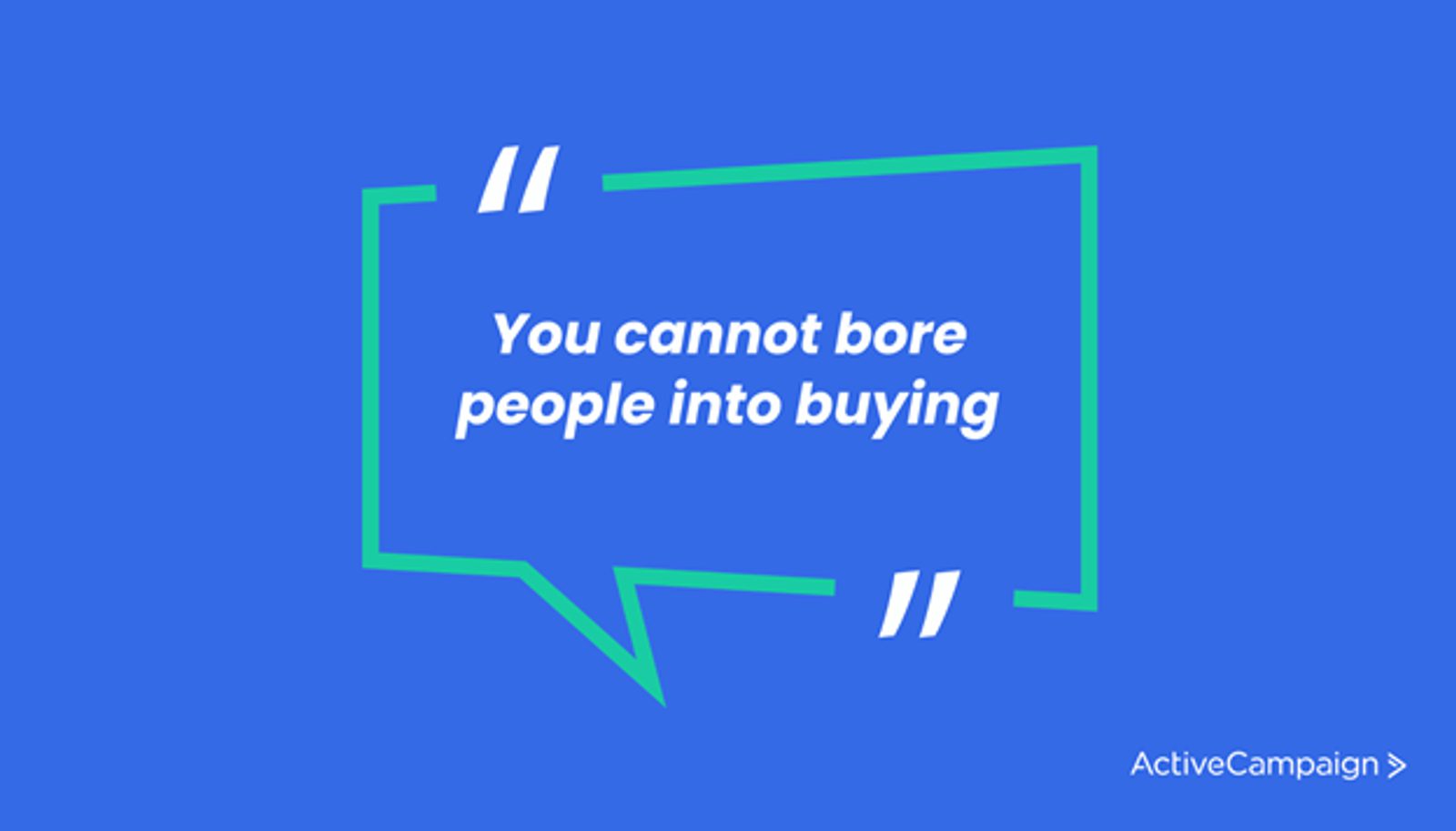
Improve your prospecting emails and grow your business
Writing prospecting emails is a lot like baking a cake. You have some basic ingredients and an order in which to add them. But once you’ve mastered the basics, you can get creative with your prospecting emails. The guru of modern advertising, David Ogilvie, said, “You cannot bore people into buying,” so remember to infuse your prospecting emails with personality.
An even more efficient way to send prospecting emails is through automation. Automating emails allows you to reach out to prospects while you’re busy doing other things. Curious to see how email automation can improve your prospecting email response rate? Sign up for a demo with ActiveCampaign and get started right away.

